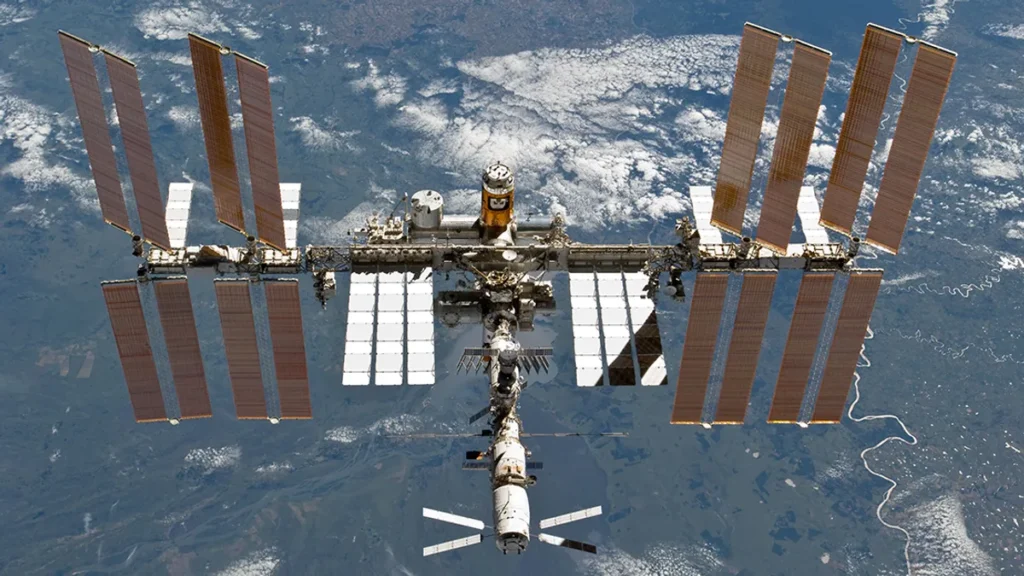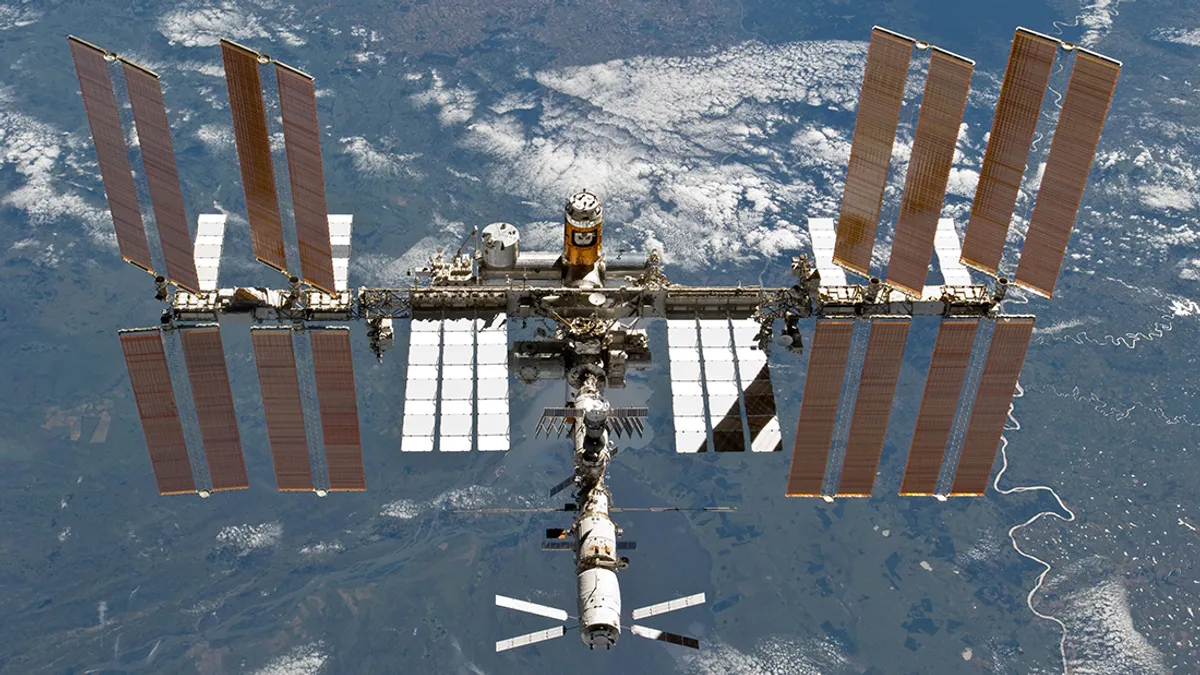
Introduction
The International Space Station (ISS), a symbol of international cooperation and scientific advancement, is approaching the end of its operational life. NASA has announced plans to decommission the ISS by intentionally crashing it into the ocean. This decision marks the beginning of the end for the iconic space laboratory that has orbited Earth for over two decades.
The History and Importance of the ISS
The ISS has been a cornerstone of human space exploration and scientific research since its launch.
Inception and Construction: Launched in 1998, the ISS is a collaborative effort between NASA, Roscosmos (Russia), ESA (European Space Agency), JAXA (Japan Aerospace Exploration Agency), and CSA (Canadian Space Agency). The station was assembled piece by piece in orbit.
Scientific Contributions: The ISS has hosted numerous scientific experiments that have led to breakthroughs in various fields, including biology, physics, astronomy, and medicine. It has also played a crucial role in studying the effects of long-term spaceflight on the human body.
Reasons for Decommissioning
Several factors have contributed to the decision to decommission the ISS.
Aging Infrastructure: After more than 20 years in space, the ISS is showing signs of wear and tear. Its components are aging, and maintaining the station is becoming increasingly challenging and costly.
Financial Considerations: Operating the ISS costs NASA around $3 billion annually. As space agencies and private companies plan new missions and projects, reallocating funds from the ISS to future endeavors is deemed necessary.
Technological Advancements: New space stations and habitats are being developed by both governmental and private entities, which promise to continue the legacy of the ISS with advanced technology and enhanced capabilities.
The Decommissioning Plan
NASA has outlined a detailed plan to safely deorbit and dispose of the ISS.
Gradual Deorbiting: The ISS will be gradually lowered from its current orbit over several months to ensure a controlled descent.
Controlled Reentry: The reentry will be carefully monitored to ensure that the debris falls into a remote area of the Pacific Ocean, known as the “Spacecraft Cemetery” or “Point Nemo,” far from populated areas.
International Cooperation: As the ISS is an international project, the decommissioning plan involves coordination with all partner space agencies to ensure a safe and effective process.
Future of Human Space Exploration
While the ISS’s decommissioning marks the end of an era, it also heralds the beginning of a new chapter in space exploration.
New Space Stations: NASA is working on the Lunar Gateway, a space station that will orbit the Moon and support future lunar missions. Private companies like Axiom Space and Bigelow Aerospace are also developing commercial space stations.
Mars and Beyond: With the Artemis program aiming to return humans to the Moon and eventually send astronauts to Mars, NASA and its partners are focusing on deep space exploration. The experience and knowledge gained from the ISS will be invaluable for these ambitious missions.
Conclusion
The planned decommissioning of the International Space Station is a significant milestone in space exploration history. While the ISS has served as a vital platform for scientific discovery and international collaboration, its retirement paves the way for new advancements and missions. The legacy of the ISS will continue to inspire future generations of scientists, engineers, and explorers as humanity reaches further into the cosmos.

